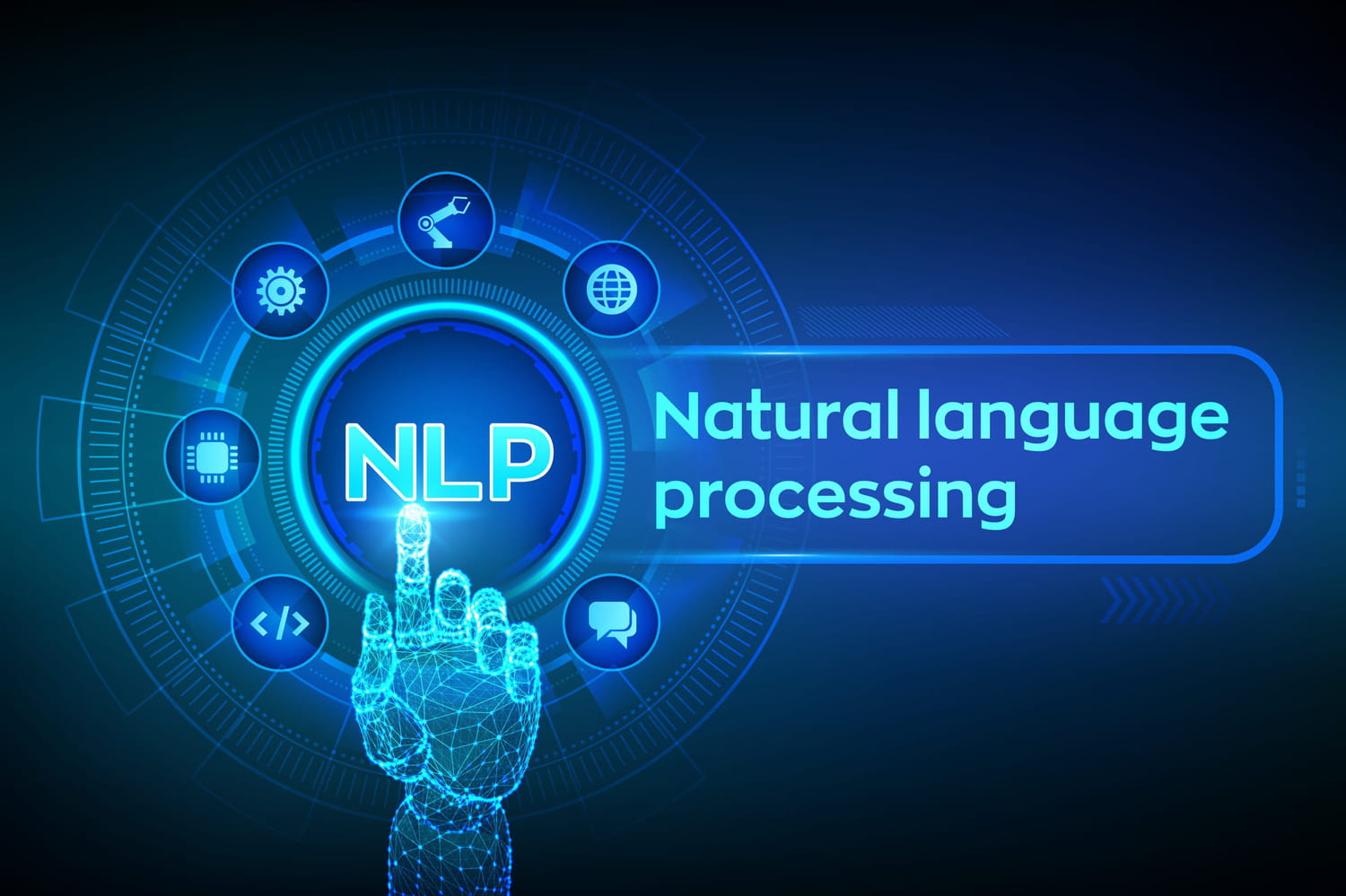
Alexa, Google Home and Siri voice assistants are all based on automatic language processing technologies. Objective: to have the ability to understand, process and generate voice messages.
What is natural language processing (NLP)?
Natural language processing (NLP) is a branch of artificial intelligence that focuses on giving machines the ability to understand, generate or translate human language as it is written and/or spoken. Chatbots are among the most popular NLP software. Other famous NLP applications are the voice assistants Alexa, Google Home or Siri.
Why NLP?
Natural language processing aims at providing software with automatic processing of vocal or textual language. From there, it covers many cases of use more or less elaborated:
- Text classification,
- Text recognition,
- Automatic summarization,
- The automatic translation,
- Chatbot, voicebot or callbot,
- Intelligent assistants.
NLP combines artificial intelligence and language processing. The latest generation of NLP technologies is based on artificial neural networks or simple statistical machine learning models. Learning models will have been trained on large volumes of text.
The objective can target several types of automatic processing: speech-to-text and text-to-speech, named entity recognition (names of people, places…), sentiment analysis (positive, negative, neutral), text summarization, aspect extraction (targeting the intent of the text) or topic modeling.
What are the two types of machine learning models in NLP?
Overall, natural language processing falls into two broad categories of machine learning models:
- The machine learning models oriented NLU (natural language understanding), which are concerned with grasping the meaning of a language and a discourse in its context,
- The machine learning models oriented NLG (natural language generation) which aim to generate a text in the manner of a human.
Some examples of NLP oriented deep learning models
Although natural language processing has been around for a long time, recent progress in this field has been considerable. The number of NLP projects oriented towards artificial intelligence has multiplied among the digital giants. Among the most advanced models, we can mention:
- Google AI’s BERT and ALBERT models,
- Models derived from this first family such as RoBERTa (Facebook), StructBERT (Alibaba), DeBERTa (Microsoft), DistilBERT (Hugging Face),
- Alternative models such as GPT-2 and GPT-3 (OpenAI), XLNet (Carnegie Mellon University), UniLM (Microsoft), and Reformer (Google).


